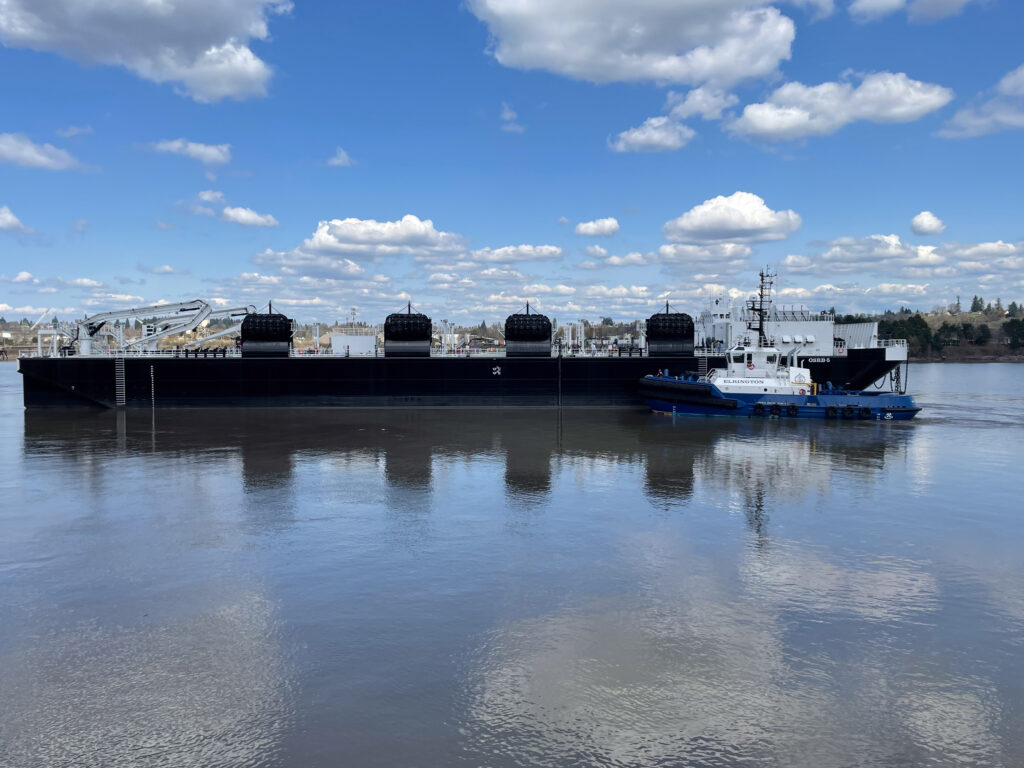
By Maia Draper-Reich, Outreach Coordinator
In February, the Council participated in the Alaska Forum on the Environment, a week-long conference that draws attendance by professionals, researchers, students, and others working in environmental fields related to Alaska. Community members and Alaska Native elders are also invited to speak on environmental issues and concerns. It was clear from sharing and connecting with the Forum’s attendees that the Exxon Valdez oil spill remains important for many Alaskans.
The Council hosts an exhibitor booth where we connect with participants about our mission and work. This year, the Council shared a booth with Cook Inlet Regional Citizens Advisory Council, or CIRCAC, which allowed us to engage with attendees about the two sister organizations, our shared history, and our specific regions of oversight.
As the Outreach Coordinator, I am a member of the Forum’s planning committee and help organize the oil spill track of sessions each year. This year, I presented on behalf of the Council on a session titled “35 Years Since the Exxon Valdez Oil Spill: Community Projects and Engagement.” The other presenters for the session were Shiway Wang, executive director of the Exxon Valdez Oil Spill Trustee Council, and Shaylon Cochran, director of communications and public outreach at CIRCAC.
Wang spoke about impacts of the Exxon Valdez oil spill and the Trustee Council’s restoration projects and science. Then, Cochran and I presented jointly sharing about our respective regions and origins, including the Oil Pollution Act of 1990 and the associated responsibilities. Cochran and I each took a turn highlighting each Council’s past and current work. It was an excellent venue to emphasize the lessons learned from the spill about the importance of local community engagement. This was exemplified by the accomplishments by all three organizations. The session was well attended with approximately 70 people in the room and 60 online participants. Questions from the audience centered on continued impacts from the spill on wildlife and prevention gaps.
I was encouraged by my conversations at the booth and after our session about the importance of citizen oversight and the value of the work we continue to accomplish in the region.


